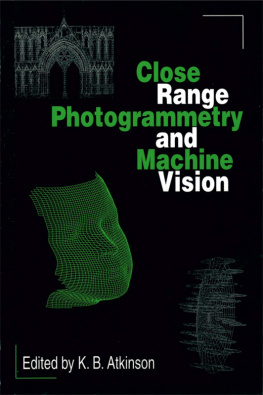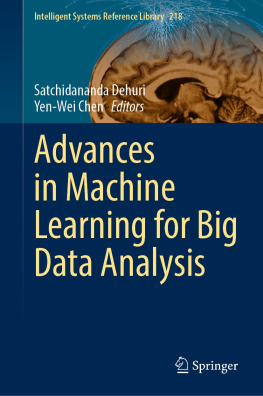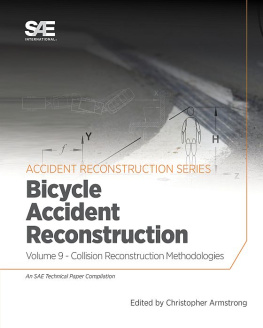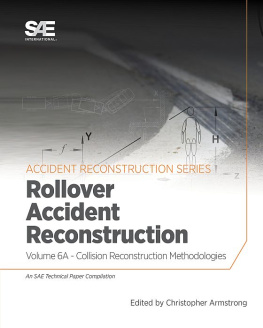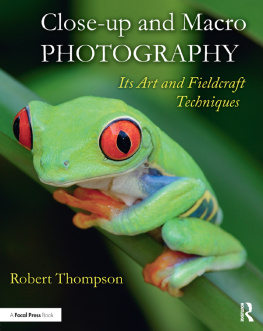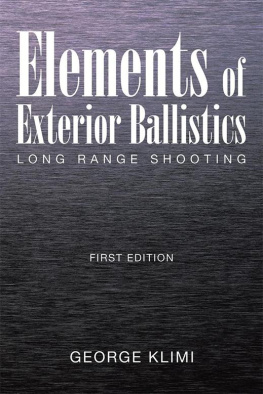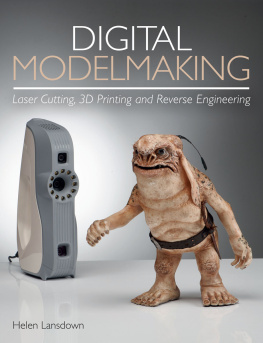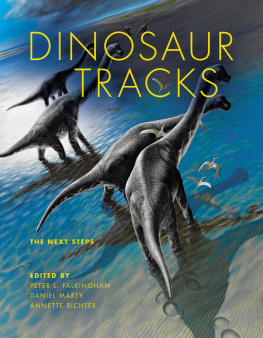Close Range Photogrammetry and Machine Vision
Typeset by
Whittles Publishing Services
Published by
Whittles Publishing,
Roseleigh House,
Latheronwheel,
Caithness, KWS 6DW,
Scotland, UK
1996 K.B.Atkinson
All rights reserved. No part of this publication may be reproduced, stored in a retrieval system, or transmitted, in any form or by any means, electronic, mechanical, recording or otherwise without prior permission of the publishers.
ISBN 1-870325-46-X
The publisher assumes no responsibility for any injury and/or damage to persons or property, or consequential loss, from the use or implementation of any methods, instructions, ideas or materials contained within this book. All operations should be undertaken in accordance with existing legislation and recognised trade and safety practice. Whilst the information and advice in this book is believed to be true and accurate at the time of going to press, the authors and publisher accept no legal responsibility or liability for any errors or omissions that may have been made.
eISBN 978-184995-348-1
Preface
Sixteen years have elapsed since the publication of Developments in Close Range Photogrammetry (Applied Science) in 1980. In that time, the subject has changed to a marked degree. In 1980, we were on the verge of the era of the analytical plotter. It was not until 1982 that the first analytical plotter was acquired for civil use in the United Kingdom. Suddenly, analytical instruments became standard equipment and the 1990s dawned with digital photogrammetry already at hand. Non-Topographic Photogrammetry (American Society for Photogrammetry and Remote Sensing) captured some of the change when it was published in 1989. The increasing pace of computer-based innovation means that it is timely to publish a new English language text which can reflect and represent close range photogrammetry and machine vision in mid decade.
The authors who have contributed to this book are all photogrammetrists. Some of them are working in and with members of the machine vision community, for it is essential that the attributes and characteristics of photogrammetry should be brought to bear upon other fast growing disciplines, if only to attempt to prevent the re-invention of the wheel. The goal, of course, is a multidisciplinary solution of measurement problems, automatically and instantaneously. The methodology, algorithms, techniques and equipment necessary to achieve real time digital photogrammetric solutions are presented here, together with contemporary aspects of close range analytical photogrammetry. Advances of a theoretical nature and in considerations for network design also precede the description and explanation of a range of fascinating and important applications of photogrammetry which illustrate the flexibility and comprehensive nature of these techniques of three dimensional measurement.
Commission V of the International Society for Photogrammetry and Remote Sensing has been and continues to be the most fertile forum for the discussion of developments in this subject. All of the authors have made important contributions to the scientific work of ISPRS. It is confidently expected that future developments will be presented and discussed within Commission V workshops and symposia. The editor would like to express his indebtedness to past Presidents of ISPRS Commission V for their part in establishing these channels of communication for the advancement of close range photogrammetry and for helping to disseminate knowledge of its benefits and techniques.
K.B.Atkinson
List of advertisers
Contributors
H.A.Beyer Imetric, rue de Bourg 9, CH-2892 Courgenay, Switzerland
M.A.R.Cooper Department of Civil Engineering, City University, Northampton Square, London EClV OHB, UK
R.W.A.Dallas 23 East Mount Road, The Mount, York Y02 2BD, UK
I.J.Dowman Department of Photogrammetry and Surveying, University College London, Gower Street, London WClE 6BT, UK
S.F.El-Hakim Institute for Information Technology, National Research Council, Ottawa, KlA OR6, Canada
C.S.Fraser Department of Geomatics, University of Melbourne, Parkville, Victoria 3052, Australia
J.G.Fryer Department of Civil Engineering and Surveying, University of Newcastle, Callaghan, New South Wales 2308, Australia
A.Gruen Institute of Geodesy and Photogrammetry, ETH-Hoenggerberg, CH-8093 Zrich, Switzerland
H.L.Mitchell Department of Civil Engineering and Surveying, University of Newcastle, Callaghan, New South Wales 2308, Australia
I.Newton Department of Surveying, University of Newcastle, Newcastle upon Tyne, NEl 7RU, UK
S.Robson Department of Civil Engineering, City University, Northampton Square, London EC1V OHB, UK
M.R.Shortis Department of Geomatics, University of Melbourne, Parkville, Victoria 3052, Australia
J.G.Fryer
Photogrammetry is the science, and art, of determining the size and shape of objects as a consequence of analysing images recorded on film or electronic media. The word science is important, as it implies the laws of mathematics, physics and chemistry and a knowledge of their practical application. The art in photogrammetry must not be overlooked. Good results can only be produced from suitable images, so photography and videography are skills which must not be dismissed lightly.
Close range photogrammetry is the special topic of this book. It is an especially exciting field because the photogrammetrist is close enough to react with the environment which is being imaged. He or she is often an integral part of a process, experiment or scene and can really feel that a contribution to knowledge and the well-being of humanity is being made. The location may vary widely from a factory to a health clinic, from a construction site to an archaeological dig but, wherever it is, the photogrammetrist must be alert to considerations of spatial positioning, accuracy and precision.
Readers of the chapters of this book have the opportunity of being supplied with up-to-date information from leading academics and practitioners of this science, and are encouraged to select the equipment, computational techniques and methods which best suit their own needs. In doing so, they will also learn of the diverse applications of this fascinating measurement technique and be able to ponder on how the information gathered may be turned into useful knowledge. This process may well be the final frontier for what seems to be the inevitable progression from manual to automated data capture: the transformation of raw data to meaningful information about which intelligent decisions can be made.
Just as the ancient Greeks cautioned tyro surveyors embarking on a professional career that only those with a knowledge of geometry may enter, there was a caveat placed on the use of photogrammetry by E.H. Thompson in 1962 who stated ...photogrammetric methods of measurement are useful in the following conditions: first, when the object to be measured is inaccessible or difficult of access; second, when the object is not rigid and its instantaneous dimensions are required; third, when it is not certain that the measures will be required at all; fourth, when it is not certain, at the time of measurement, what measures are required; fifth, when contours of the surface of the object are required; and sixth, when the object is very small, especially when it is microscopically small. He also stated, photogrammetry can be useful only if direct measurement is impossible, impractical or uneconomical.

